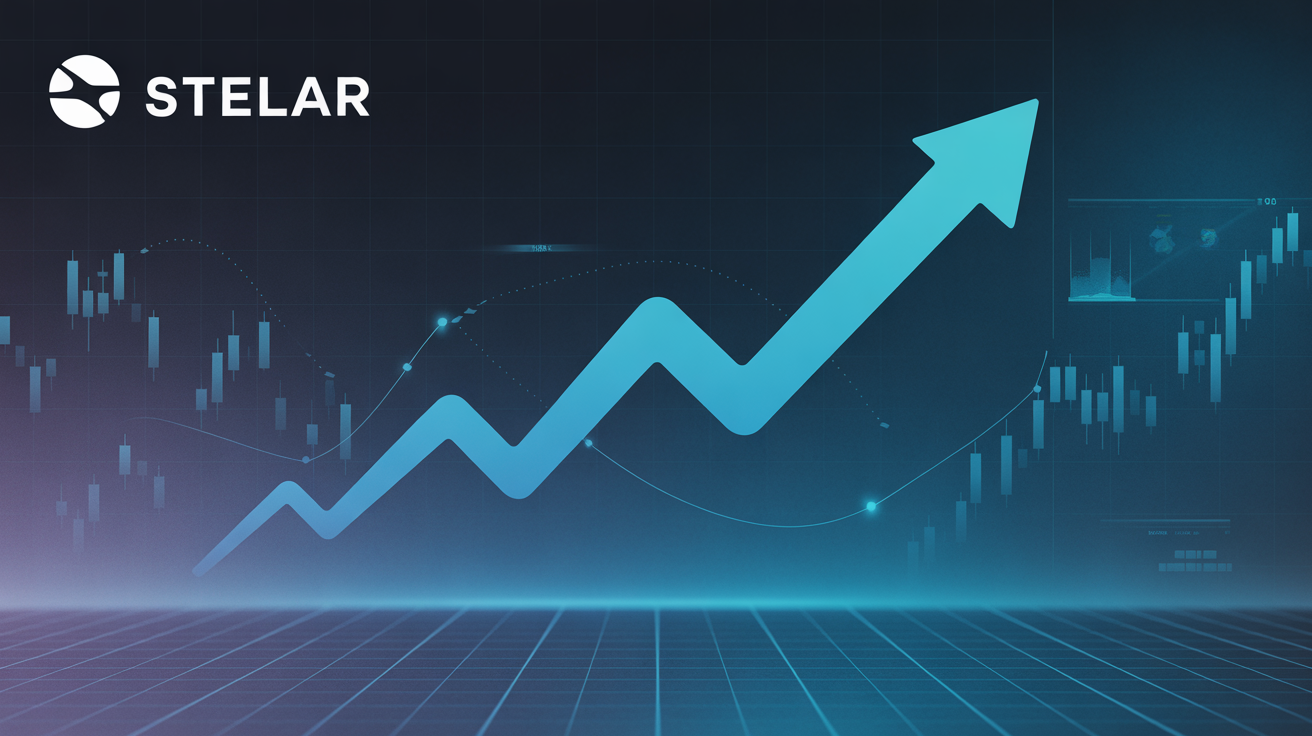Stablecoin Market Set for Expansion as BofA Forecasts Up to $75B Growth After GENIUS Act
Bank of America expects a significant uptick in stablecoin issuance following the signing of the GENIUS Act, a landmark piece of legislation establishing U.S. regulatory standards for fiat-backed digital assets. President Donald Trump signed the bill into law last Friday, marking a pivotal development for the digital asset space.
According to a recent BofA report, stablecoin supply could grow by $25 billion to $75 billion in the short term, fueled by increased product launches, infrastructure investment, and the competitive rise of tokenized deposits and money market fund alternatives.
The stablecoin market currently stands at approximately $270 billion, per CoinMarketCap data.
CLARITY Act to Define Digital Asset Classifications
Looking ahead, Bank of America analysts highlighted the CLARITY Act as the next key legislative development. Now under Senate review after clearing the House, the bill seeks to provide a clear legal distinction between securities and commodities within the crypto space. The act is expected to support broader adoption of both stablecoins and other tokenized financial products.
Banks Ready to Enter the Stablecoin Arena
Major U.S. banks appear poised to launch their own stablecoin offerings, with many preferring consortium-based issuance models. BofA CEO Brian Moynihan confirmed the bank has already developed the necessary infrastructure and will move forward once market conditions align.
While cross-border payment use cases are gaining momentum, most banking executives believe U.S. domestic payments will remain relatively unaffected in the near term.
Macro Impact: Treasury Market Shift Possible
BofA also notes that rising demand for short-term U.S. Treasuries—used to back stablecoin reserves—could prompt the Treasury Department to tilt issuance toward shorter-duration bills to accommodate the evolving reserve landscape.
With legislative momentum and institutional readiness in place, Bank of America sees the U.S. entering a new chapter in digital finance—driven by regulated stablecoins and the broader rise of tokenized assets.




























